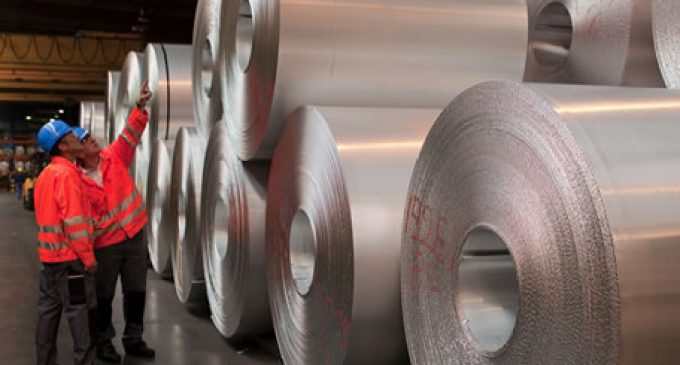Alufoil growth driven by “resilient” food and beverage

Food and beverage remains a “very resilient” market for alufoil according to the latest figures released by the European industry body.
First quarter 2013 figures for aluminium foil showed growth across all gauges for the first time since mid-2011, with overall Q1 production growing by 3.7% to 209,400t (2012: 201,900).
Aluminium foil characteristics are strength, formability and barrier properties which make it suitable for many flexible packaging and container applications, said the European Aluminium Foil Association (EAFA).
Thinner gauges, used largely for flexible packaging and household foils continued their steady recovery during 2012 with a 2.4% increase in the first three months of 2013 in Europe.
Thicker gauges, used for semi-rigid containers and technical applications, advanced by 2.5% showing growth in this sector for the first time in 18 months.
Cautious outlook
However the association, which counts Amcor, Ampac Flexibles, Novelis and Wipak among its members, believes the outlook remains cautious.
Guido Aufdemkamp, director of communications, told FoodProductionDaily.com that the association has a cautious outlook due to the market conditions and differing end uses.
“Food and beverage is more affected by climate impact, so on some products a colder climate like in Europe recently has a positive impact on chocolate sales but if it’s hotter than ice cream sales can go up.
“We see the food and beverage end market as resilient because it is less sensitive to economic factors, like construction and automotive which have a lot more volatility with big rises and falls.”
Export growth
Exports from European manufacturers maintained the momentum seen in the later part of 2012 with a first quarter growth of 10.3%.
Aufdemkamp said that exports depend on the product but they are going to the Americas, Asia Pacific and India.
Stefan Glimm, EAFA’s executive director, said: “These are pleasing results, particularly the recovery of volumes for thicker gauges.
“But demand remains weak in the automotive and building sectors and, until we see an upturn in these industries, predicting future order patterns remains difficult.”

































